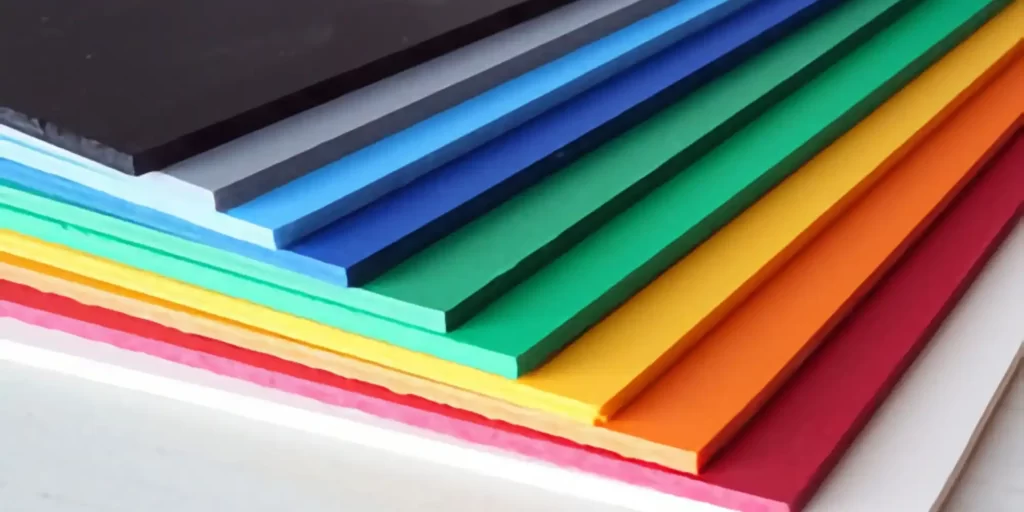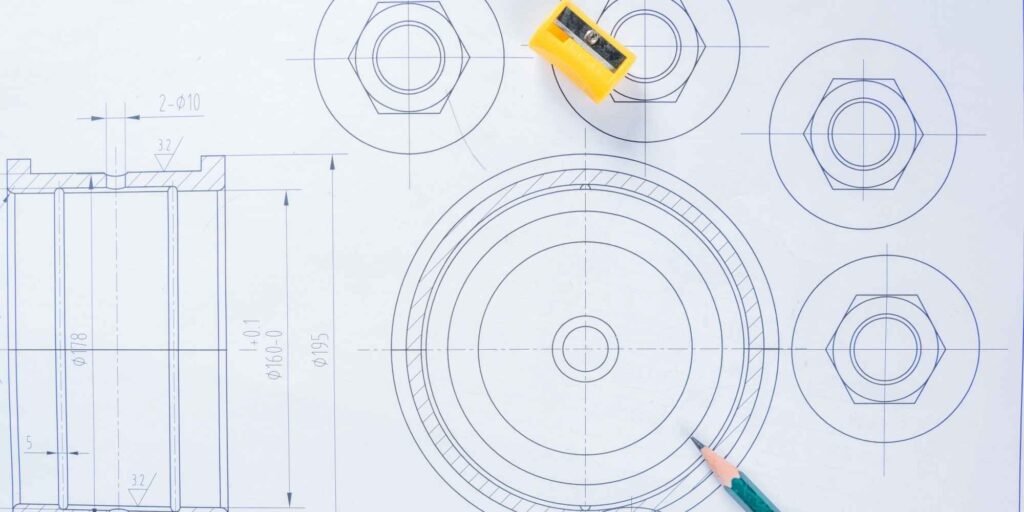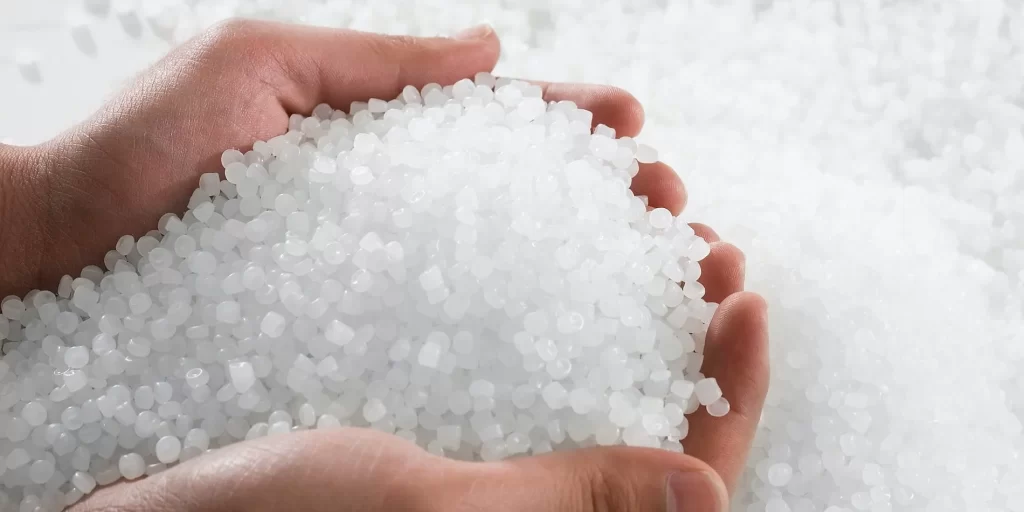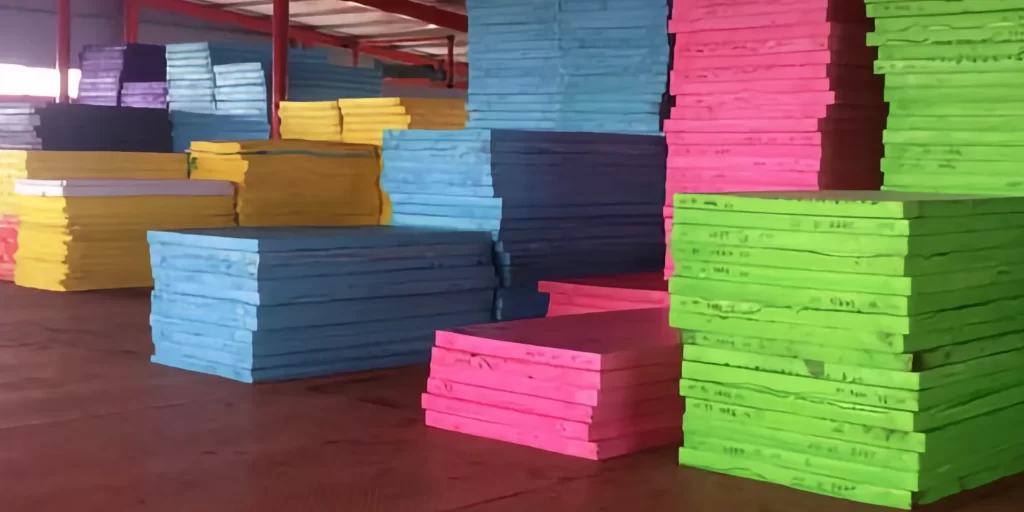Introduction
Polyethylene (PE) foam is a versatile material that has found extensive applications across various industries, from packaging to construction and automotive solutions. This article aims to delve deep into the technical details of PE foam, offering advanced insights into its properties, manufacturing process, and applications. Whether you’re a manufacturer, an engineer, or simply someone who is curious about this remarkable material, this guide is designed to provide you with a complete understanding of PE foam.
What is PE Foam?
Polyethylene foam, commonly known as PE foam, is a closed-cell foam made from polyethylene, a type of thermoplastic. PE foam is a product of the polymerization of ethylene and is available in various densities and forms. Known for its resistance to water, chemicals, and thermal factors, PE foam has become an ideal material for a wide range of applications. It is often chosen for its excellent shock absorption qualities, thermal insulation capabilities, and buoyancy.
Types of PE Foam
PE foam comes in several types, each with its unique set of properties and applications. The most common types include:
- Low-Density PE Foam (LDPE): Known for its flexibility and is commonly used in packaging and cushioning. LDPE foam is soft and easy to work with, making it ideal for applications requiring malleability.
- High-Density PE Foam (HDPE): Rigid and weather-resistant, HDPE is often used in construction and insulation. It offers higher compressive strength and is suitable for applications that require durability.
- Cross-Linked PE Foam: This type of PE foam offers increased strength and temperature resistance. It is commonly used in automotive applications for things like seat cushions and soundproofing.
Chemical Composition
The chemical structure of PE foam consists mainly of carbon and hydrogen atoms arranged in long chains. These chains are formed through a polymerization process, often catalyzed by metals like titanium or zirconium. Additives such as flame retardants and colorants can also be included during the production process to enhance the foam’s properties. The chemical composition can be manipulated to produce foams with specific densities, strengths, and resistances.
Physical Properties
PE foam is renowned for its resistance to chemicals, low temperatures, and abrasion. Its density can range from 29 to 120 kg/m³, depending on the type and manufacturing process. Other key physical properties include:
- Tensile Strength: Varies depending on the type but is generally high, making it ideal for applications that require durability.
- Thermal Conductivity: Generally low, making it a good insulator. This property makes PE foam suitable for thermal insulation applications.
- Compression Strength: High, especially in types like HDPE, making it ideal for construction and industrial applications.
Manufacturing Process
The production of PE foam involves the polymerization of ethylene monomers. This process can be catalyzed by various elements and can occur under different conditions, such as temperature and pressure. The choice of catalyst and conditions will determine the type of PE foam produced, whether it’s LDPE, HDPE, or cross-linked. The manufacturing process often involves the use of blowing agents like butane or pentane to expand the foam to the desired density.
Applications
PE foam’s wide range of applications is a testament to its versatility. Some common applications include:
- Packaging: LDPE and HDPE are commonly used for packaging materials like bags and wraps. Their shock-absorbing properties make them ideal for protecting fragile items.
- Construction: Used for insulation and soundproofing, PE foam is a popular choice in the construction industry.
- Automotive: Used in seat cushions, sound insulation, and other components, PE foam is a key material in the automotive industry.
Learn More about Foam Products Applications
Advantages and Limitations
PE foam offers numerous benefits, such as:
- Affordability: Generally less expensive than other materials, making it a cost-effective choice for various applications.
- Ease of Processing: Compatible with manufacturing processes like injection molding, making it easy to produce in various shapes and sizes.
However, it also has limitations:
- Environmental Impact: Not biodegradable and can contribute to pollution if not properly recycled.
- Temperature Sensitivity: Melts at relatively low temperatures, making it unsuitable for high-temperature applications.







Useful information. Fortunate me I found your site by chance, and I’m